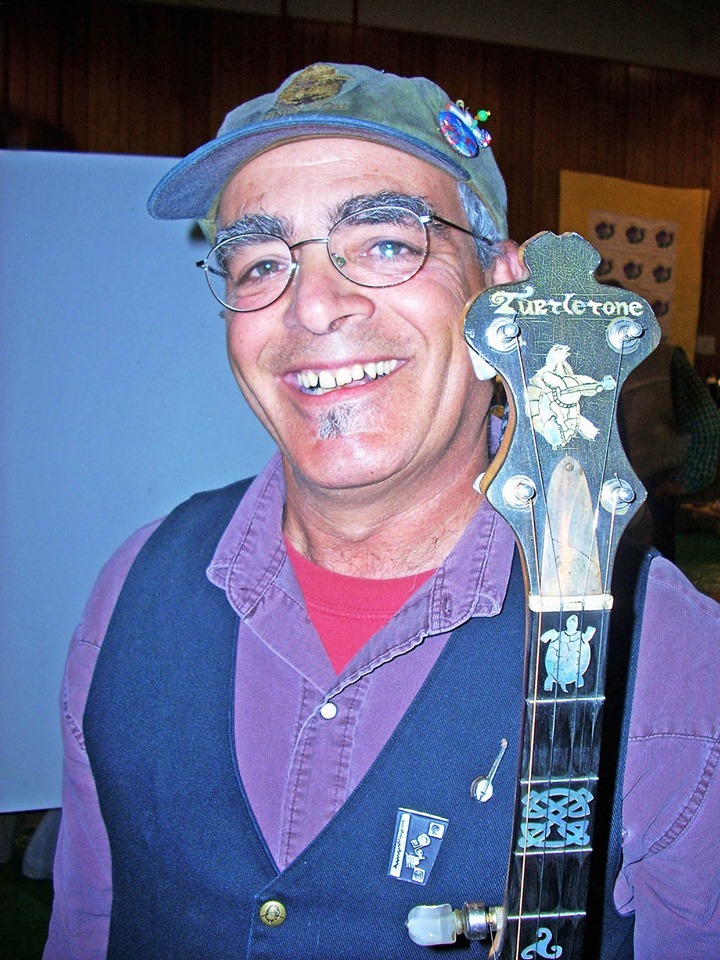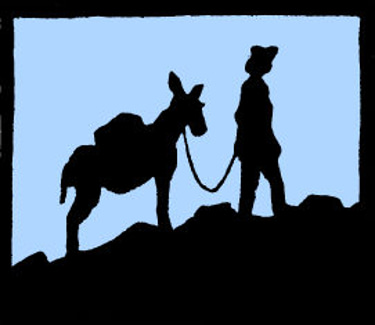Stuart Steinhardt
1949 - 2019
Stuart Steinhardt, Grateful Dead fan, lover of the desert, photographer and baker who described himself as “a misanthrope with a heart of gold,” died at home in Oakland on June 23, 2019 just two weeks after celebrating his 70th birthday.
Steinhardt was born on June 12, 1949 in New York to Sylvia and Steve Steinhardt. He was the oldest of three children. Both his parents had served in the Navy, and moved to Gary, Indiana when Steinhardt was a child. His mother worked as a school nurse and his father owned retail clothing stores.
Steinhardt attended the University of Indiana, Bloomington, graduating with a degree in sociology. He married and divorced Jeri Hosick.
In the 1970s, he attended his first Grateful Dead show, which would turn out to remain a constant in his life. At one point, he owned a clothing store in South Bend, Ind. Called “Grateful Threads” with his father.
He had an aunt and uncle who lived in Palo Alto and after years of visiting California, Steinhardt decided to move in 1983. After doing various jobs for a while, he worked for the U.S. Forest Service, working with its medfly project. He preferred to be a seasonal employee so he could spend long swaths of time in Arizona or Utah, where he had many friends and loved the landscape. Later, he worked for the Tree Department of the City of Palo Alto, and he also served as the mediator for its union. In his last year before retirement, he served as a shop steward and negotiator.
At a party in 1995, Steinhardt met Sandy Sonnenfelt by helping her carry in a tray of food. Upon learning that Steinhardt was from Gary, she called one of her closest friends that she had met while living on a kibbutz in Israel, also from Gary, to ask if she knew him. When Steinhardt called Sonnenfelt to plan their date, Sonnenfelt said “Hi from Judy Rosloff,” to which there was total silence. It turns out the Rosloffs were the Steinhardt’s closest friends in Gary, and Judy’s father had taught Steinhardt how to play the guitar.
“So then we had the problem of do we really like each other, or is it bashert (meant to be) because of Judy?” Sonnenfelt said. Soon Passover was approaching, and Rosloff was bringing her visiting parents to Sonnenfelt’s seder. When Steinhardt heard this, he asked Sonnenfelt if he could invite himself. Rosloff’s parents were stunned when he walked in.
They decided it wasn’t only because of Rosloff, and after Steinhardt had a bout with lymphoma, the couple decided to live together. Steinhardt moved in with Sonnenfelt in Oakland in the early aughts and they married July 2, 2005.
Along the way Steinhardt met Marc Margolis and David Gans and Rita Hurault, who would remain among his closest friends.
“Stuart and I obviously shared the Dead and a love of music and a love of food and adventurous eating,” said Margolis, a social worker who moonlights as Wavy Gravy’s manager. “We had a lot of eating adventures, and Stuart was often the instigator of some new place to go and try.”
Gans, a musician, author and host of two Grateful Dead-related radio programs, often joined Margolis and Steinhardt on those adventures, calling Steinhardt the “bad-food permission fairy.” When Sonnenfelt was traveling, the three would get together and “eat food we shouldn’t,” said Gans. “Eating quasi-unhealthy food was a through-line of our friendship.
But he also loved making (non-medicated) pies. When stone fruit and berry season came, Steinhardt’s friends would wait for him to post a photo of a pie on Facebook. While he loved to bake, of course he couldn’t eat all of his creations himself and would inevitably invite whoever commented on his Facebook posts to come over for a piece of pie.
“If I commented on pictures of his wonderful fruit pies, he often would show up unbidden at the station with a slice for me,” said Tim Lynch, the host of KPFA’s Dead to the World. “I never wanted him to feel like I was asking or taking advantage, so I stopped commenting.”
When Gans hosted an annual 16-hour Grateful Dead marathon on KPFA as part of its pledge drive, Steinhardt would always show up with food and spend hours answering phones, too.
This generosity of spirit extended way beyond those he knew, Hurault said. She said just last week, she and Gans, Sonnenfelt and Steinhardt and Margolis were all eating out together.
“The size of Stu’s burrito was more than he could consume, and he had left what he planned to take home on his plate. A homeless man was hanging about, eyed the burrito, and quickly grabbed it off of Stu’s plate and ran out the door. A couple of days later at the farmers market, Stu saw the same guy and approached him: ‘Hey, buddy, you took my leftover burrito off my plate a few days ago. That wasn’t cool. If you had asked, I would have given it to you.’ He then gave the guy 20 bucks and told him to take care.”
Steinhardt also had a love of travel, but his friends noted it was reserved for domestic travel; he could be “a cranky SOB” when traveling abroad, said Gans, recalling one particular trip they took together to Peru. He particularly loved spending time in the desert in Arizona and Utah, and he loved the hours driving to get there.
“On our way to Utah once, we stopped along the 80 in Nevada, where we found this abandoned Native American reliquary,” Gans recalled. “He knew all about it, and we crawled all over it with our cameras. He knew about a million things like that.”
Steinhardt was “deeply pained whenever he heard about acts of vandalism in nature,” his wife said, recalling the group’s outrage over the mindless destruction of the legendary “Shoe Tree” on US50 in Nevada.
Steinhardt played the banjo, though not professionally, and always had some kind of artistic outlet.
Because of a friend working for the Southern Utah Wilderness Alliance, Steinhardt heard about an opportunity restoring woodcuts made by Everett Ruess, an artist and writer who disappeared in the desert in 1934 at age 20. Steinhardt wrote to Ruess’ brother and got the job. Because of the restoration work he did, his brother is able to make and sell new prints of Ruess’s work.
He also made clothing to sell and barter at Dead shows: t-shirts and overalls airbrushed with Grateful Dead-influenced bubble shapes.
He was also a gifted photographer. “When we’d go travelling together, we’d all have our cameras and spend time taking photos,” Gans recalled. “Often, when I’d come upon something to photograph, Stuart was already there. “So I’d take a picture of him taking the picture. I have quite a collection.”
“His pictures of people were always captured so unobtrusively, yet they always showed souls and love, not just bodies and situations,” said Lynch.
Gans said he would often invite him into the studio when he was recording, as Steinhardt would serve as session photographer. “He was an easy hang, he wouldn’t get in the way, and didn’t make a big deal of being there,” said Gans, with Sonnenfelt adding that one of his favorite things was that “he loved being in on hearing the music develop.”
Given that Gans is a touring musician, sometimes Steinhardt would offer to drive him from gig to gig, even though Gans couldn’t pay him. In his later years, Steinhardt started “Stuber,” (which was his license plate) – a private driving service. He did airport runs for friends, letting them pay what they wanted, drove the elderly to medical appointments, and also did deliveries for Beauty’s Bagels.
In addition to his wife Sandy Sonnenfelt of Oakland, Steinhardt is survived by his brother Mitchell, and sister Kayla.


